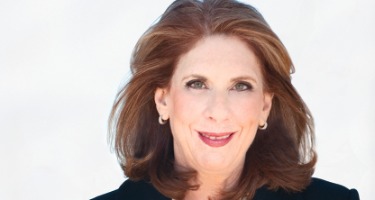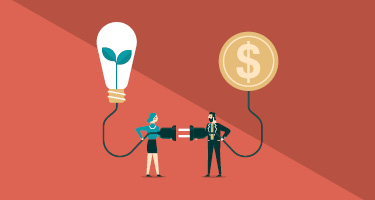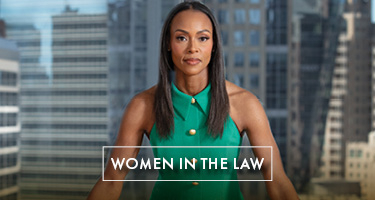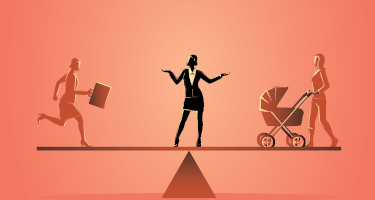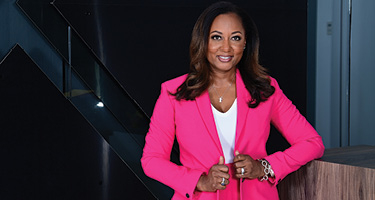To judge by the faces of law-school graduates across the country this spring, the future of the profession appears to be—by a slim majority—female. Women were 50.3 percent of law-school grads in 2017 and are 51.3 percent of those currently enrolled, according to widely published data citing the industry’s progress on gender equality.
At several Top 20–ranked institutions, women outnumber men in both the most recent and graduating classes: Berkeley Law’s 2020 class is 65 percent female; NYU Law’s fall 2017 J.D. class, 55 percent; Yale Law School’s class of 2020, 53 percent; Georgetown Law’s 2016 entering class, 53 percent; Northwestern Pritzker’s 2017 entering J.D. class, 52 percent; Vanderbilt’s class of 2020, 52 percent; and UCLA Law’s 2017 entering class, 51 percent—all according to the schools’ own demographic figures.
“There are now more opportunities for women in law than ever before,” says Linda Bray Chanow, executive director of the University of Texas School of Law’s Center for Women in Law, a national nonprofit that provides opportunities and mentoring to female attorneys and law students. “Yes, we’ve had challenges—women have been graduating near 50 percent for two decades or more.[Underwhelming female representation in the field] has been a longstanding problem, but we see a lot of reason for optimism. At my center, we have one of the largest and most prestigious groups of women associates, and watching all that they’re accomplishing in the legal profession is quite extraordinary.”
The class breakdowns from the schools above are significant, given that women’s enrollment in law school began to outpace men’s only in 2016. And the optimism of those leading summits and conducting studies on trends in women’s legal education can be contagious. Will greater numbers of women entering law school, though, lead to material gains—salaries, partnerships, other opportunities—once they begin their careers? Some current figures, like those published in a damning Law360 report in July 2017, suggest they might not.
Surveying more than 300 firms, Law360 discovered that “the amount of women at the top ranks of law firms—those who are equity partners—continues to hover just shy of 20 percent, only slightly higher than the 19.2 percent tally Law360 found the year before.”
Salary disparities are equally arresting. Median pay for full-time female lawyers was just 77.4 percent that of their male peers as of 2014, according to the American Bar Association’s ABA Journal, citing Census data. Across all jobs in the field—including paralegal, judiciary, legal support, and other work both skilled and unskilled—women’s pay was 51.6 percent of men’s. For women of color, the numbers are more alarming still.
“Nearly 50 percent of law-firm offices nationwide do not have a single woman-of-color partner within that office,” says Chanow, whose center is currently running a national study on the experiences of minority women in law school. “That number is a glaring statistic that we’re working to change. When you think of women, you have to think of all women, and those numbers for women of color are just so low.”
The gap between women’s academic achievements (they tend to outperform men) and their subsequent careers (they tend not to) is not limited to the law. Although in certain American cities, young women are out-earning young men—with data suggesting a link between women’s undergraduate education and their later earning power—in competitive fields like medicine, technology, and finance, the proportional relationship between what women study and what they earn is not clear-cut.
In 2017, one year after women first nudged past men in law-school enrollment, they made the same historic leap in medical school: At 50.7 percent, more women than men are now on the academic path to become doctors. In 2016, though, female doctors earned 26.5 percent less than men. In 2017, that figure grew, to 27.7 percent. For doctors and lawyers alike, then, the pay chasm persists (or has widened) even though the education gap has closed. The academic achievements of women in each discipline—which for now are undercut by a lack of concomitant earning power—parallel each other in more ways than one: Both law and medical school offer a path to prestigious employment; both law and medicine are male-dominated fields; and female students at both types of schools have, historically, gone on to earn and achieve less than their male peers.
Detractors who dismiss the gender pay gap often say that women earn less than men simply because they choose less-lucrative fields, such as child care, or major in less-remunerative subjects, such as art and design. Yet this argument has no bearing on data that show one man and one woman following the same road, diverging only in their earnings and the level to which they’re promoted.
Awareness of these numbers is important, but even they can’t possibly tell the whole story—and that, as much as anything, is actually a reason for optimism. Although the industry might not see pay-and-promotion changes reflected at higher levels for a few years yet, women in law are making progress—thanks in no small part to the work of organizations that address the immediate material problems that impede women’s advancement. Research like that which Chanow’s center is conducting, along with mentoring and networking programs that connect women with other women in senior and partner-level legal positions, are effective ways to help new graduates secure their crucial first job after law school.
Ms. JD, a legal nonprofit Chanow lauds for its especially good work, offers free programs, including writer residencies, networking opportunities, online resources, and fellowships and scholarships, to female law students. The American Bar Association’s Commission on Women in the Profession, meanwhile, releases regular reports about the state of the industry that in turn help shape the direction of these organizations and schools.
“I’m one of the more optimistic,” Chanow says. “Not everyone’s an optimist. Numbers haven’t changed as dramatically as we would have liked.” There are reasons for some of that sluggish movement, she allows, pointing to a “one-in, one-out phenomenon” in which a woman is promoted to partner or general counsel—just as another woman retires or changes careers.
It will take more than one graduating class to equalize the number of women and men in top legal positions, of course. It will take a few more classes still to gauge what effect more women graduating from law school—and the combined benefits of the resources, initiatives, and fellowships newly available to them—might have on the profession overall. “The momentum is there,” Chanow says of the work she and others are doing. “We’re at a time when it’s [important] whether or not we capture this moment. What the center is working every day to do is to capture the momentum so we can continue to make larger gains.”

